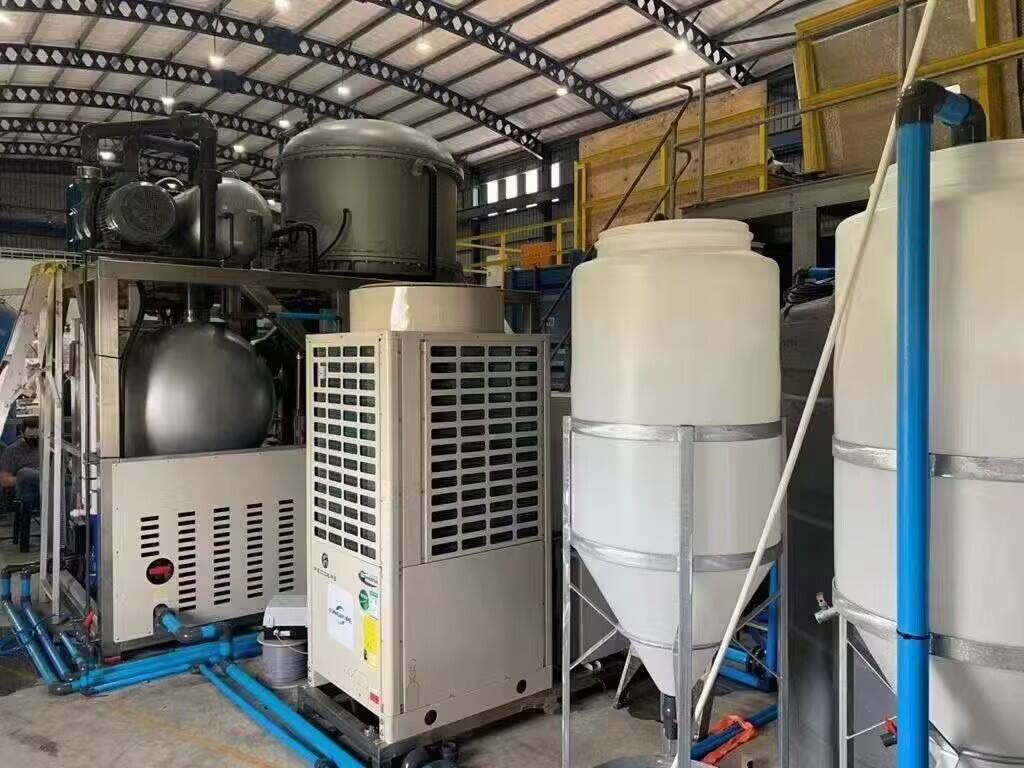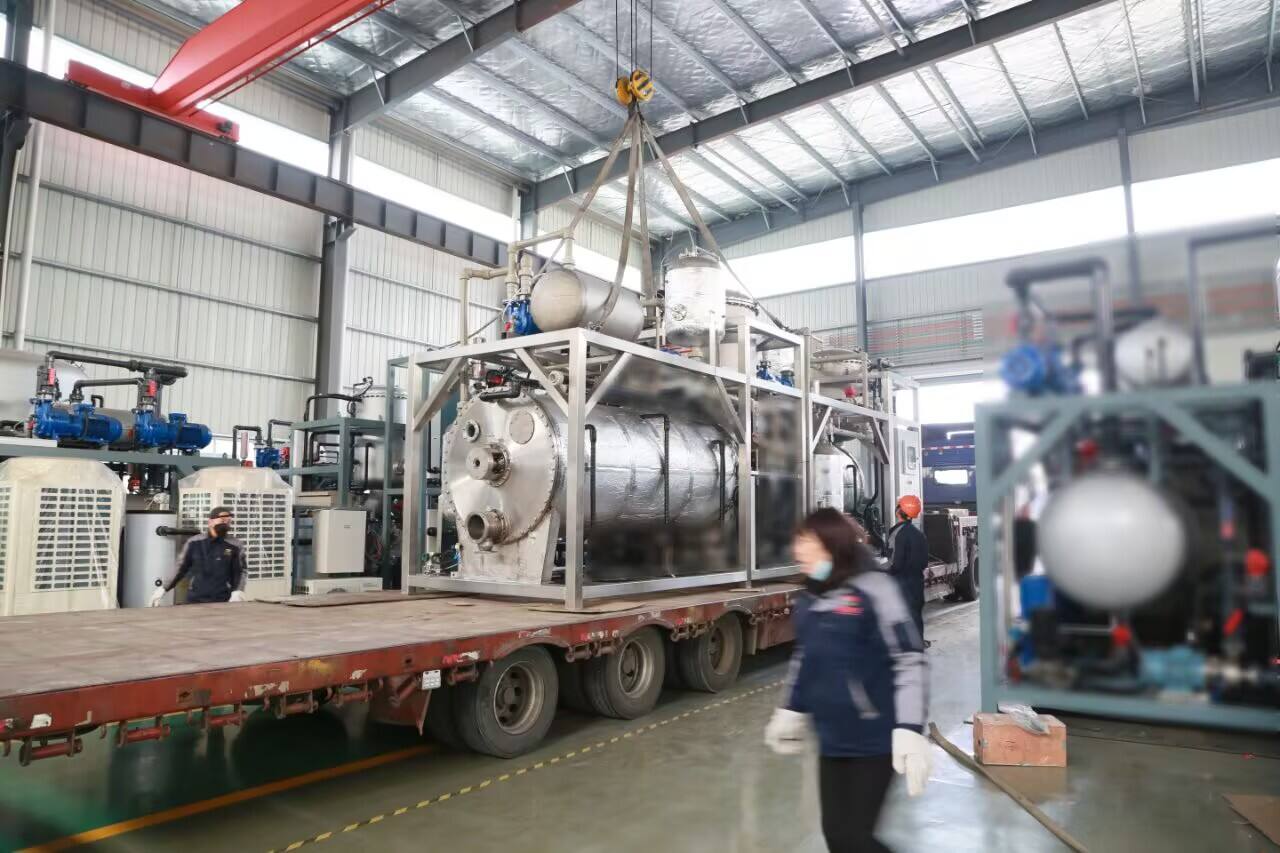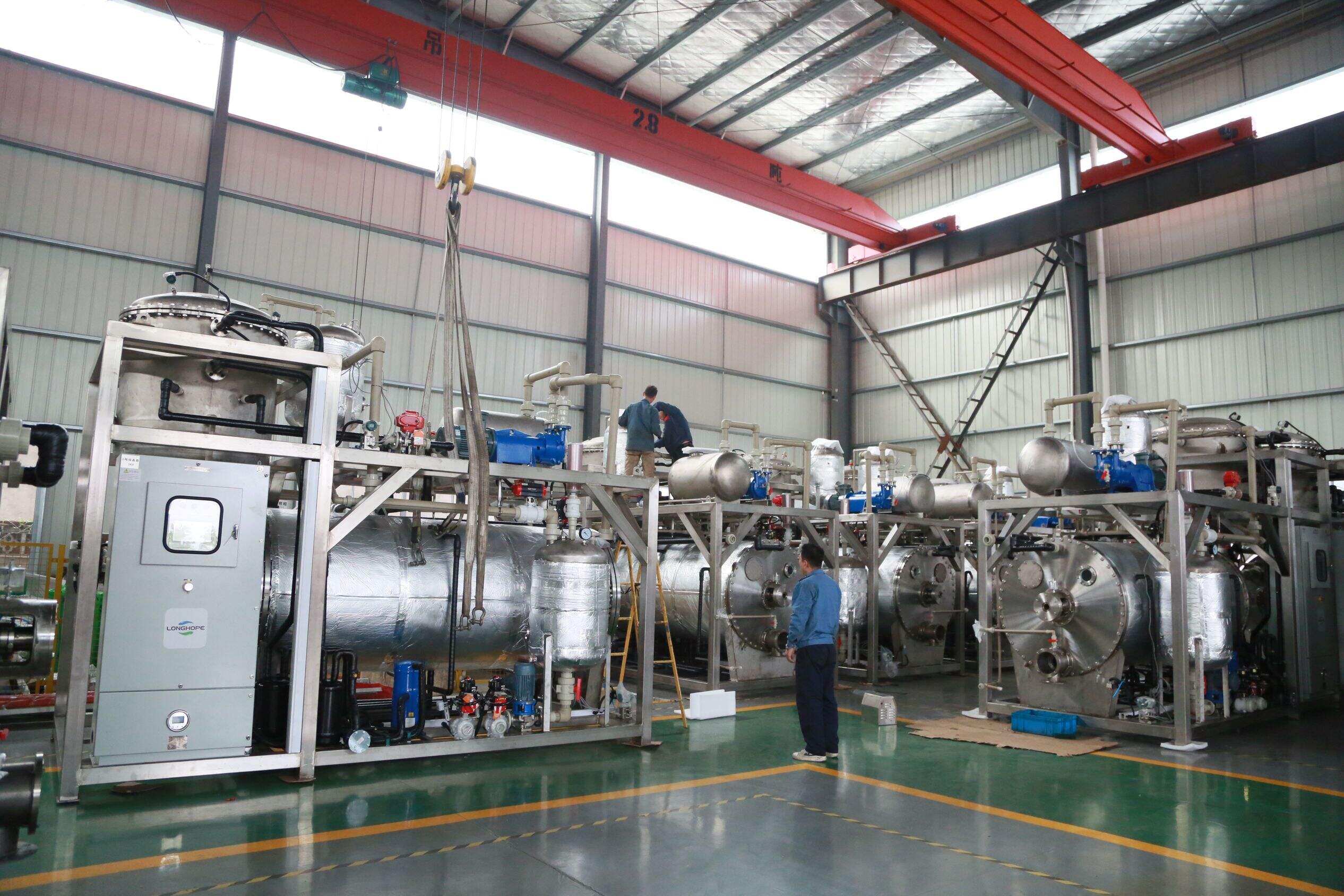wastewater treatment with vacuum evaporator
Wastewater treatment with vacuum evaporator represents a cutting-edge solution for industrial water purification and waste reduction. This advanced technology operates by lowering the boiling point of wastewater through pressure reduction, enabling efficient separation of water from contaminants at lower temperatures. The process begins with wastewater being fed into the evaporation chamber, where vacuum conditions are maintained. The reduced pressure environment allows water to evaporate at temperatures significantly below its normal boiling point, typically between 30-70°C. This evaporated water is then condensed and collected as clean distillate, while concentrated pollutants remain as a separate waste stream. The system incorporates multiple safety features, including automatic pressure control, temperature monitoring, and anti-foaming mechanisms. Modern vacuum evaporators are equipped with heat recovery systems that substantially reduce energy consumption by reusing thermal energy from the condensation process. This technology proves particularly valuable in industries such as metal finishing, chemical processing, food and beverage production, and pharmaceutical manufacturing, where it effectively handles various types of industrial wastewater, including those containing heavy metals, oils, and dissolved solids.


